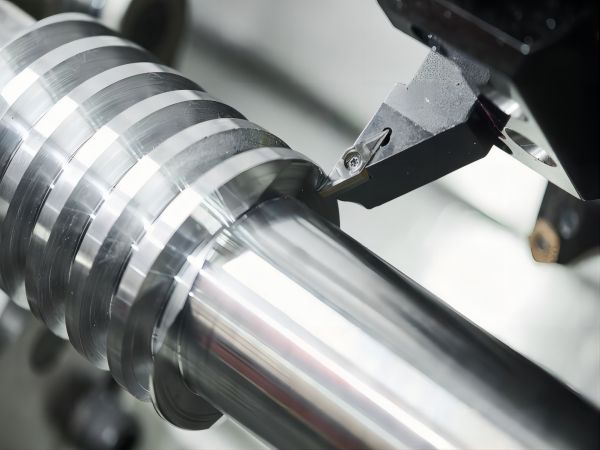Stainless steel is just one of many types of steel. It is known for its strength and durability, even in wet or corrosive environments. This makes it a very popular metal for consumer products and industrial applications.
This article describes the many benefits of using stainless steel in products, as well as the challenges of using stainless steel.CNC machining is a precise and efficient manufacturing method for a wide range of materials, both metallic and non-metallic. The popularity of stainless steel as a machining material stems primarily from its unique balance of properties.
Stainless steel is relatively hard and has high mechanical strength, which can be further increased by heat treatment. To add to their impressive mechanical durability, stainless steel parts are very resistant to corrosion and chemical deterioration. They can even maintain their impressive properties at higher temperatures that cause many other materials to weaken or even melt.
Generally, the main options for designers considering stainless steel are aluminum or titanium alloys. Depending on the alloy used and the conditions they experience, they can both offer impressive corrosion resistance.
Stainless steel alloys fall between aluminum and titanium in terms of strength, hardness, machinability ratings and temperature resistance. However, stainless steel is also typically cheaper than aluminum or titanium alloys and offers better weldability. But that doesn‘t mean it doesn‘t present some challenges.

Challenges of Machining Stainless Steel
While CNC machining of stainless steel offers an impressive balance of beneficial properties, it does present some obstacles. Austenitic stainless steels are particularly susceptible to work hardening during machining, which can make them harder. If the machinist is unfamiliar with stainless steel machining, this can increase tool wear and negatively impact the quality of the finished product.
In addition, stainless steels tend to have low thermal conductivity, leading to heat buildup in the cutting area. Without adequate cooling and proper cutting parameters, these temperatures can be high enough to cause sensitization of the stainless steel. Depending on where the stainless steel part is used, this can mean intergranular corrosion and stress corrosion cracking.
Despite these challenges, experienced machinists can reliably produce high-quality parts when CNC machining stainless steel with the right tools and equipment.
Using Stainless Steel for Machined Products
Stainless steel is an excellent choice for manufacturing rugged and durable products. It offers the perfect combination of properties at a reasonable cost. Manufacturers concerned with machining efficiency can opt for alloys with better machining properties such as SS 416, and overall, while stainless steel can be more challenging to machine, the benefits are usually worth it.





